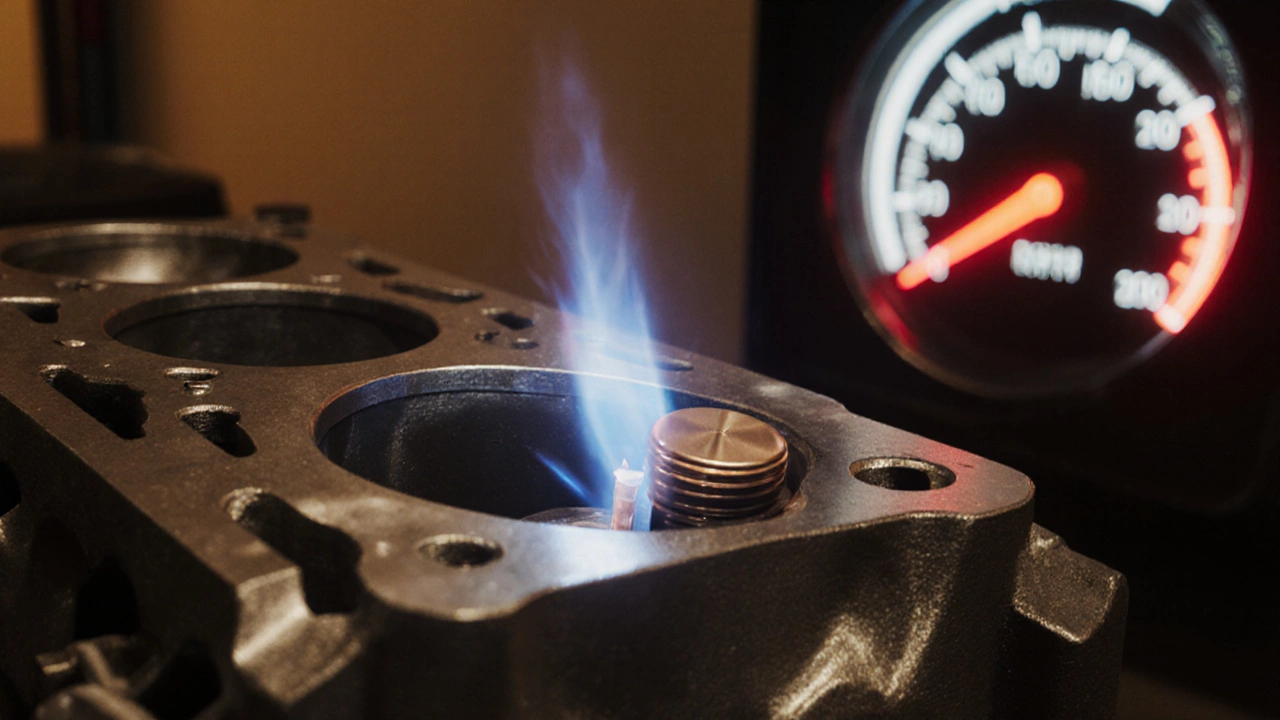Spark Plug Performance: Simple Ways to Keep Your Engine Happy
Ever wonder why your car feels sluggish after a long drive? Most of the time it’s not the engine itself but the spark plugs. These tiny components create the spark that ignites the fuel‑air mix, and when they start to slip, you’ll notice loss of power, rough idling, or higher fuel costs.
How to Spot Bad Spark Plug Performance
The first sign is a rough idle. If the engine shakes at low speeds, the plugs may be fouled or worn. Next, look for a drop in fuel efficiency – you’ll see the miles per gallon dip without any change in driving habits. Misfires, hard starts, or a check‑engine light that mentions “misfire” are also clear red flags. Finally, listen for a popping sound from the exhaust; that usually means the spark isn’t timing right.
Choosing the Right Spark Plug for Your Car
Not all plugs are created equal. Copper plugs are cheap and work fine for everyday driving, but they wear out faster. Platinum and iridium plugs cost more but last longer and give a stronger spark, which can improve acceleration and lower emissions. When picking a plug, check the manufacturer’s recommendation – it’s usually printed in the owner’s manual or on a sticker under the hood.
If you drive a performance car or do a lot of high‑rev driving, iridium plugs are worth the extra cost. For a commuter sedan, a good quality platinum plug will do the job and save you a visit to the garage every few thousand miles.
Installation is easy if you have the right tools. First, disconnect the battery to avoid accidental sparks. Then remove the old plug with a spark plug socket, check the gap with a feeler gauge (most modern plugs come pre‑gapped), and screw the new plug in hand‑tight before giving it a final quarter turn with the wrench. Re‑connect the battery and give the engine a quick test run.
Regular checks can prevent big problems. Pull a plug every 10,000 miles and look for carbon buildup or cracked electrodes. If you see any deposits, clean the plug with a wire brush or replace it – cleaning only works if the electrode isn’t damaged.
Keeping the ignition system clean also helps. Replace the ignition coil or wires if you notice voltage drops or intermittent sparks. A healthy coil ensures the spark plug receives enough power to fire at the right moment.
Finally, remember that spark plugs affect more than just power. A proper spark improves fuel combustion, which means lower emissions and better mileage. In short, fresh plugs equal a smoother ride, less fuel waste, and a happier engine.
Next time you notice any of the symptoms mentioned, don’t wait for a costly repair. A quick plug inspection can save you time, money, and the headache of a stalled engine. Keep an eye on your spark plugs, choose the right type for your driving style, and your car will thank you with reliable performance.
 8 October 2025
8 October 2025
Do Spark Plugs Add Horsepower? Myths, Facts, and How to Choose the Right One
Explore if spark plugs can truly boost horsepower, learn which types deliver power gains, and get a practical checklist for choosing and installing performance plugs.
 25 September 2025
25 September 2025
Do New Spark Plugs Really Boost Engine Performance?
Find out if swapping out spark plugs can noticeably improve power, fuel economy and throttle response, and learn which plug type suits your engine best.






0